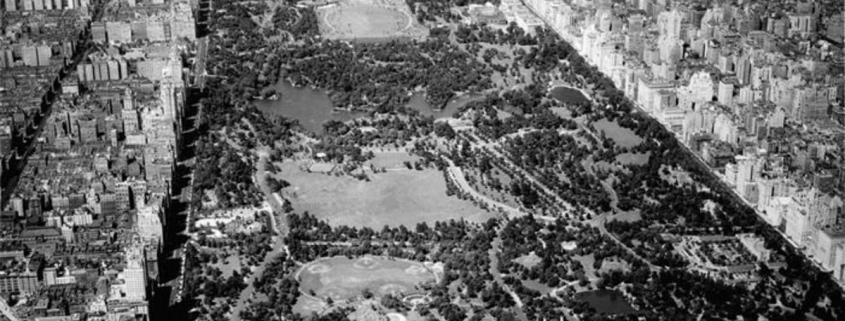Central Park

I just wanted to put a spotlight on part of a comment I received to the post about my father, Herbert Wyatt…
“…I am writing a book about Central Park in New York City. I’m a retired botanist and my book is mostly about the pre-park topography and ecology. But I am including a chapter on Frederick Law Olmsted, the man usually credited with creating the park. He did help design it and he was the project manager during the early years. But his main job was as PR agent, based on his journalistic career writing about the south for the New York Times. Olmsted was hostile to religion–I’m not sure we can call him an atheist– and he identified and socialized with the transcendentalists like Emerson, Thoreau, Longfellow and others who were definitely atheists. He was also firmly embedded in the intellectual, political and financial ruling class of New York City, Boston and Washington, DC. One of his best friends since childhood was Charles Loring Brace who was one of the many “social reformers” that acted like they were God’s gift to humanity and had the right to organize society and tell others how to live their lives. Brace was the founder of the Children’s Aid Society, a “charitable” organization supposedly concerned with the welfare of children. His idea of charity was to round up “orphan” kids from the streets of New York and other cities and ship them off to families in the Midwest who contracted for their maintenance and labor. From 1854 (three years before Central Park was started) to 1929, over 200,000 mostly ethnic “orphans” were trafficked out of eastern cities.
Before Central Park was built, there was a thriving, multi-ethnic community of Irish, African American and German professionals and laborers living together in a tight-knit society. Seneca Village had had three churches, a school, substantial wood-frame houses and cemeteries. Many of the residents were employed as clergy, teachers, gardeners, coachmen, drivers, domestics, watchmen, laborers and even a lawyer. All of the major newspapers of the day described it as a shanty-town of degenerate squatters who let their pigs run wild and sent the children off to pick rags and steal. There were some shanties and wild pigs elsewhere in the Park, but Seneca Village was actually a model suburban community on the edge of the growing metropolis. It was razed to the ground to make way for New York’s “Great Park” and Frederick Law Olmsted was the PR man that sold it as a democratic and egalitarian benefit. Olmsted published well over a million words in his long career as a writer, publisher, landscape architect and city planner and not once did he mention Seneca Village, a community of real people in the heart of his most famous work.
You and your audience will not be surprised to learn that most of what we read and hear about the creation of Central Park is fake news, hiding the real story of what and who was/were there before and how and why it came to be. I believe it was one of the early social engineering projects and a forerunner of the eugenics movement….”



